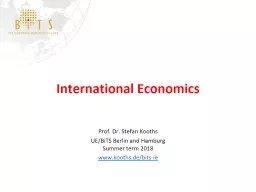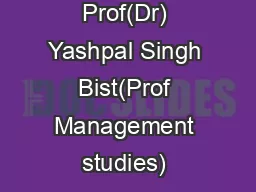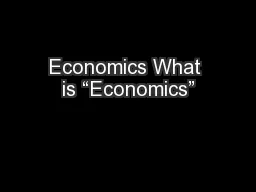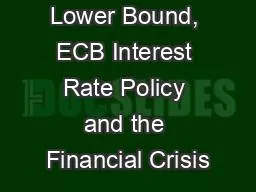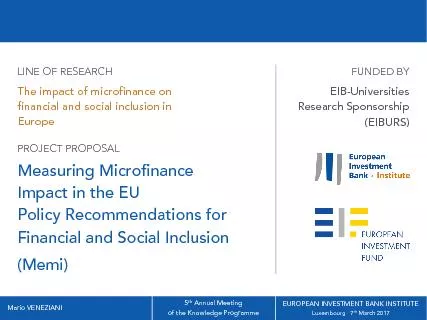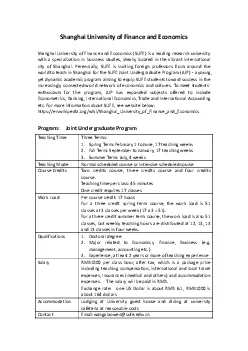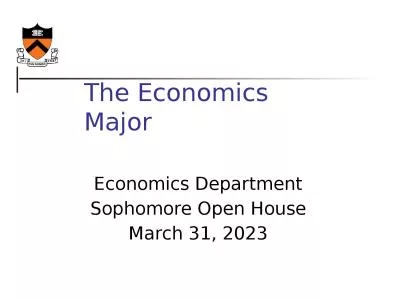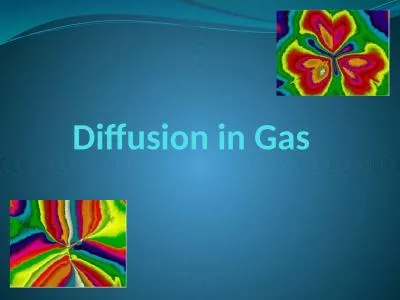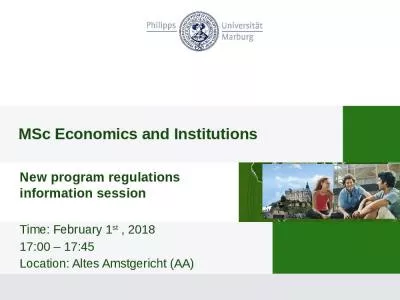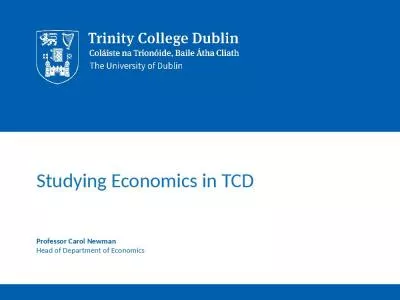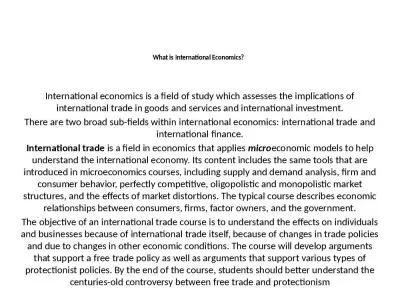PPT-International Economics Prof. Dr. Stefan Kooths
Author : startlecisco | Published Date : 2020-08-04
UEBiTS Berlin and Hamburg Summer term 2018 wwwkoothsdebitsie Contact data Prof Dr Stefan Kooths Head of Forecasting Center Kiel Institute for the World Economy Office
Presentation Embed Code
Download Presentation
Download Presentation The PPT/PDF document "International Economics Prof. Dr. Stefan..." is the property of its rightful owner. Permission is granted to download and print the materials on this website for personal, non-commercial use only, and to display it on your personal computer provided you do not modify the materials and that you retain all copyright notices contained in the materials. By downloading content from our website, you accept the terms of this agreement.
International Economics Prof. Dr. Stefan Kooths: Transcript
Download Rules Of Document
"International Economics Prof. Dr. Stefan Kooths"The content belongs to its owner. You may download and print it for personal use, without modification, and keep all copyright notices. By downloading, you agree to these terms.
Related Documents

